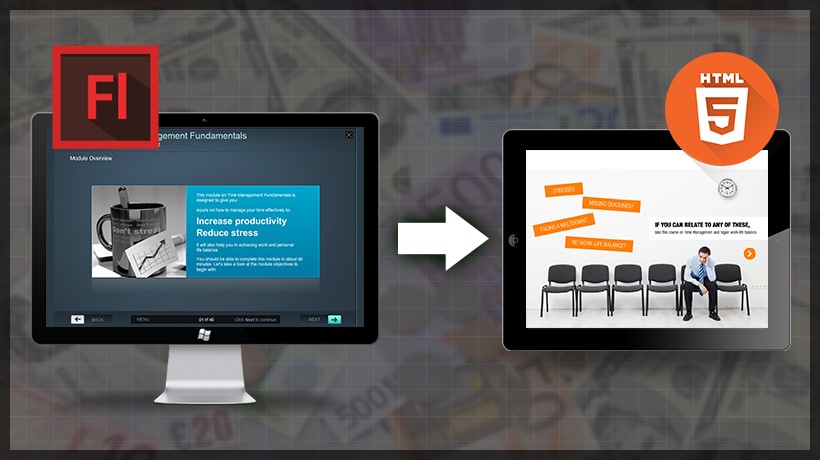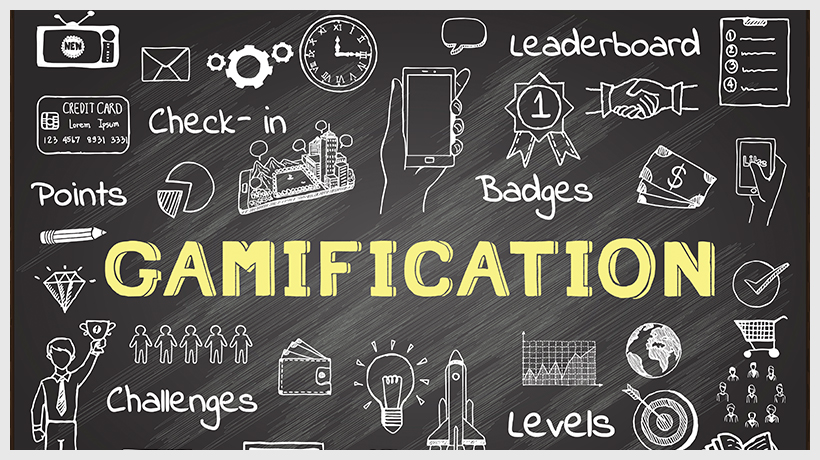
My eBook, mLearning – A Must-have Strategy to Scale Employee Training in the New Learning Environment, outlines mLearning strategies and examples you can use to train remote learners – focusing on how you can craft learning journeys from a distance.
With “lockdown logistics,” training and development program managers look for new ways to fulfill their remote training delivery mandates.
Take a look at some stats on the impact of COVID-19 on L&D and how learners feel about their response (Source – Fosway Group):
- 94% L&D teams have had to change their strategy in response to the pandemic.
- 71% organizations have experienced an increased demand for Digital Learning from end users (82% increased demand from senior stakeholders).
- 59% end users thought their organization’s adoption of Digital Learning was immature.
- Only 5% think their L&D strategy can be reverted to how it was before the pandemic.
In the changed workplace dynamics, with a significant percentage of the workforce working remotely, mLearning is a must-have strategy for the new learning environment. It is “learning on the go” that is typically consumed on smartphones/tablets and allows learners to learn seamlessly across devices (across mobile devices and laptops/desktops).
mLearning provides an effective and scalable approach to ensure that your employee training keeps pace with the business goals – even in the changed workplace dynamics. A strong mLearning strategy offers enticing value propositions for both learners and the organization.
In this eBook, mLearning – A Must-have Strategy to Scale Employee Training in the New Learning Environment,
- I begin by explaining the factors triggering the need for mLearning and its benefits for both learners and organizations/L&D teams.
- Next, I outline how you can leverage mLearning for your training and development programs with different types of mLearning content formats.
- I list 10 mLearning strategies that you can apply as you train your remote workforce.
- I wrap up by showcasing 7 examples of mLearning for remote learners featuring a week-long learning journey – simulating a work from home environment and how you can create effective remote learning experiences.
More About the eBook: mLearning – A Must-have Strategy to Scale Employee Training in the New Learning Environment
I have designed the eBook, mLearning – A Must-have Strategy to Scale Employee Training in the New Learning Environment, into 4 sections as shown here:
Section 1 – Why Is mLearning a Must-have Strategy in the New Learning Environment
This section begins with the current context and the impact of the pandemic on the workplace. It captures the factors responsible for triggering the rapid adoption of mLearning. It outlines how mLearning meets the entire spectrum of training needs, including Formal Training, instant/just-in-time learning aids, Informal Learning, Self-Directed Learning, and Social or Collaborative Learning, bringing in value for both the learners as well as the organization.
Section 2 – How Can You leverage mLearning for Your Training and Development Programs
This section begins with the 70-20-10 L&D model that is adopted extensively by global organizations for their training programs. This model was established and pioneered by Morgan McCall, Robert Eichinger, and Michael Lombardo at the Center for Creative Leadership. It states that a significant part of work-related learning (70%) is experience-based, while 20% happens from workplace interactions. And the remaining 10% of employee learning occurs through Formal Training.
mLearning is well-aligned to the same logic. Its multi-device capability and the ability to mix and match different types of content makes mLearning the perfect strategy to deliver better learning outcomes. It concludes by talking about the various types of mLearning content formats that can be used for training and development programs by leveraging a Learning and Performance Ecosystem.
Section 3 – What mLearning Strategies Should You Include in Your Remote Workforce Training Programs
This section lists out 10 mLearning strategies that you should use when training your remote workforce. These strategies—when implemented effectively—will definitely show an improvement in learner performance and bring about behavioral change.
Section 4 – How to Use mLearning for Remote Learners – 7 Examples Featuring a Week-long Learning Journey
This section outlines how you can leverage mLearning to help remote learners learn, apply, practice, or gain further proficiencies. It further illustrates 7 examples of how mLearning can help remote learners at each juncture of their day, as they work from home.
Do download my eBook, mLearning – A Must-have Strategy to Scale Employee Training in the New Learning Environment, and enjoy reading!
If you want support on how to successfully leverage employee training in the new learning environment with mLearning strategies, do contact me.



